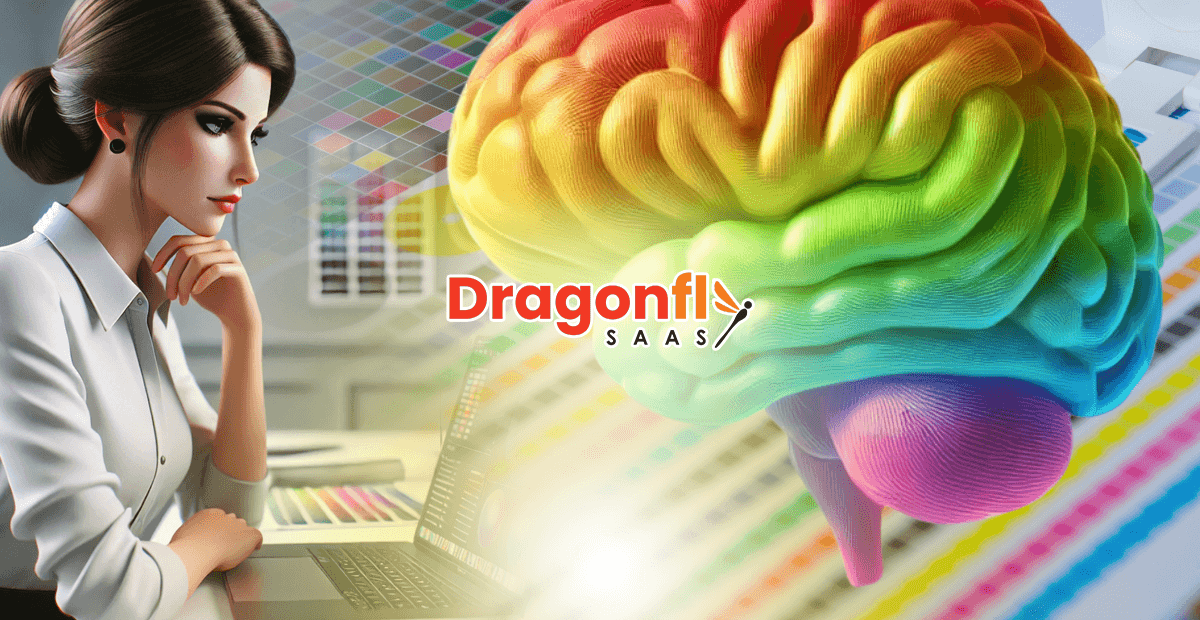BLOG
‹ ArticleHow Businesses Use Colour Psychology
September 3, 2024

In our E-Book "Enhancing Website Content Through Colour Psychology" we covered this topic in depth, but as many professionals like us, time can be short some days. So let's breeze over the top topics. Taking the perspective that a company's website serves as its primary shopfront, the first impression will be made in seconds. One of the most critical elements influencing those impressions is colour. Understanding colour psychology can significantly enhance website content, ultimately improving user experience and conversion rates.
Understanding Colour Psychology
Colour psychology is the study of how colours influence human emotions and behaviours. Different colours evoke different feelings and associations, which can manipulate perceptions and decision-making processes. For example, red can create a sense of urgency, while blue evokes feelings of trust and security. Overall, the colour of a website will determine if a user believes the message on screen or not. Combinations of colours can affect the choices we make, just look at the clothes we wear and how we matched up the different components.
Creating Brand Identity
In business, choosing the right colour is essential when creating your brand identity. Applying the consistent colour palette throughout a website reinforces brand recognition and trustworthiness. For instance, if a brand is aimed at promoting relaxation and wellness, using soothing colours like greens and blues can align perfectly with its values. Similarly, tech companies might adopt a sleek, modern colour palette, often utilizing greys, blacks, and vibrant accent colours to portray innovation and sophistication.
Guiding User Behaviour
Navigation is a crucial area where this applies, think about Call-to-action (CTA) buttons, which are vital for conversions. Making these stand out against the website’s background or making them prominent gives your users the direction to click that button. By employing contrasting colours you can direct attention, additionally, using colours consistently across similar elements helps guide user behaviour, enforcing the positive user experience
Creating Emotional Connections
Emotions can be given visually, warm colours like orange and yellow can evoke excitement and enthusiasm, drawing users into content that aims to inspire action or happiness. In contrast, cooler tones can create a sense of calm and professionalism, ideal for businesses in healthcare or therapy sectors. Tailoring colour choices to match the desired emotional tone of the content can enhance the overall messaging and connection with your audience.
Differentiating from Competitors
Competitors may use similar colours, which can make it challenging for a business to stand out. By strategically choosing unique colour schemes, your business can visually differentiate from them, strengthening your brand image. A distinctive colour palette not only captures attention but also leaves a lasting impression. This is particularly crucial in crowded markets where differentiation can drive consumer choice. Notice most of the top logo designs are bold, simple and very few colours, iconic in a way that will stand out visually amongst a wall of logo's.
Testing and Optimization
Never assume your initial colour choice is perfect. Utilizing A/B testing on colour schemes and website layouts can provide you with an insight into what resonates most with visitors. Analytics can reveal how colour choices affect bounce rates, time on site, and conversion rates. You can refine your colour palette to align more closely with consumer preferences once you test and analyse.
To finish up this brief review, if you incorporate colour psychology into your website content then not just the aesthetics but the whole site and the performance increases. By understanding the emotional impact of colours and using them wisely, by creating a cohesive brand identity, you will guide user behaviour to the required destination.

